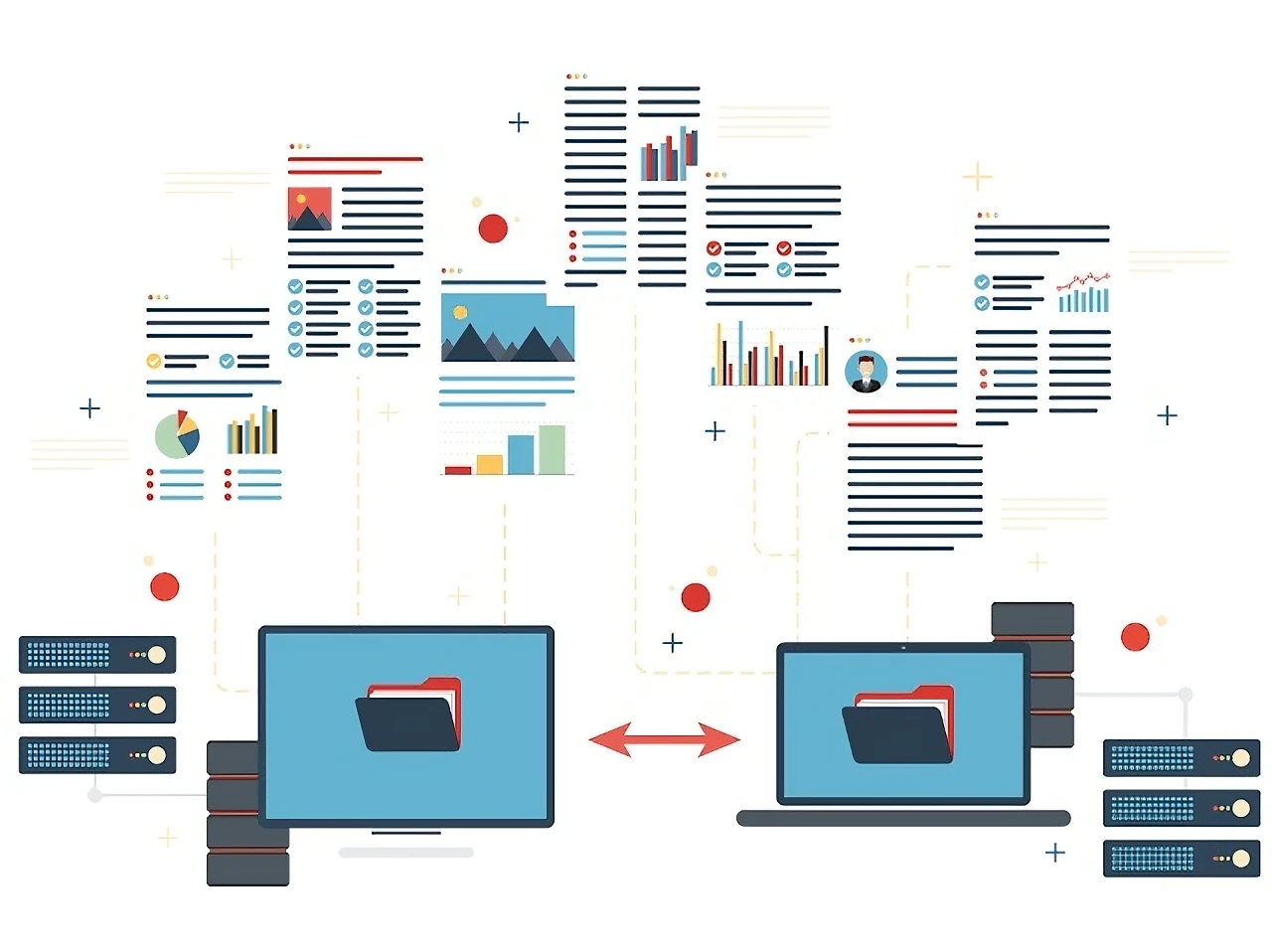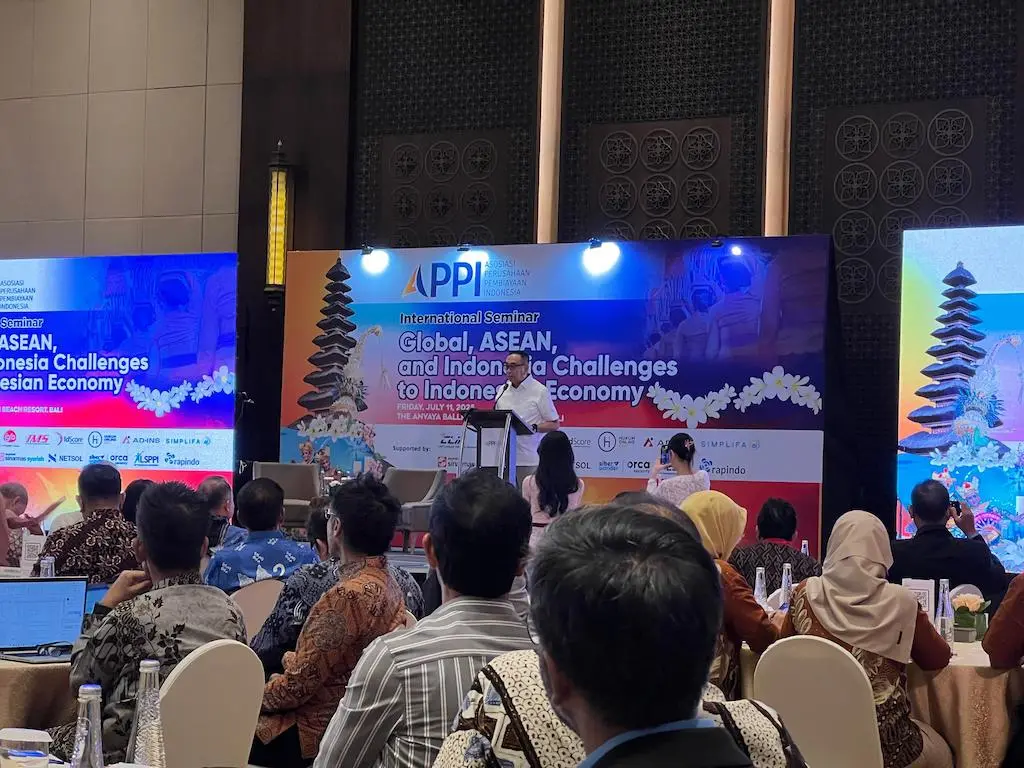What is Document Parsing? A Complete Guide for Beginners


In modern data automation, document parsing plays a crucial role in extracting information from unstructured documents and converting it into a format ready for analysis. Through this process, key information can be parsed from raw documents into structured data, prepared for analysis and use in various business or artificial intelligence applications.
Basic Concept of Document Parsing
Document parsing is a data extraction technique that retrieves information from text-based sources—whether PDFs, Word files, HTML, or scanned images—and converts it into a machine-processable data format. This process goes beyond simply reading content; it interprets the document's syntactic and semantic structure to make the contained data more meaningful.
According to IBM, parsing works by breaking down data into logical units such as entities, attributes, and relationships between parts, enabling further analysis. This is especially critical in processing legal documents, financial reports, and customer forms.

The Technology Behind Document Parsing
Modern parsing implementation combines natural language processing (NLP), computer vision, and machine learning algorithms. The latest approaches heavily rely on transformer-based models and Retrieval-Augmented Generation (RAG) systems to enhance accuracy through the integration of external information.
According to a publication by Zhang et al. (2024), the RAG approach combines the power of retrieving relevant documents with generative capabilities to understand complex contexts across various document types.
OCR (Optical Character Recognition) is also frequently used as an initial step in parsing physical documents. Once the text is successfully recognized, the parsing system applies algorithms to extract structures such as headers, tables, and key numerical elements with a high level of accuracy.
Strategic Benefits of Document Parsing for Businesses
Operational Efficiency
The document parsing process reduces reliance on manual data entry. With automated workflows, document processing time can be significantly reduced while minimizing the risk of human errors.
Faster Data Access
Information that was previously hidden in physical or digital documents can now be retrieved in seconds. This speed accelerates decision-making across various departments, from finance to customer service.
Digital System Scalability
With automated parsing, organizations can process thousands of documents simultaneously without needing to proportionally increase human resources. This scalability supports sustainable data-driven business growth.
Compliance and Audit Support
Parsed data can be archived in a structured format, simplifying tracking, internal audits, and compliance with regulations such as GDPR and financial reporting standards. In Indonesia's financial context, parsing documents like SLIK also enables automatic and accurate credit history verification.
Integration with Analytics and AI
The structured output can be directly processed by analytics systems or AI models. This unlocks opportunities for predictive insights, service personalization, and even automated decision-making.
Challenges and the Future of Document Parsing
While parsing technology has advanced significantly, challenges remain—particularly regarding inconsistent document formats, scanning artifacts, and ambiguous contexts. This is driving continuous improvements in machine learning models to enhance semantic understanding and adaptability to complex document structures.
The future points toward zero-shot learning-based document parsing and deeper integration with RAG (Retrieval-Augmented Generation) systems. These innovations will enable document processing with broader external knowledge without requiring domain-specific training, making systems more flexible and reliable across diverse document types.
Document parsing is more than a technical process, it's a foundational pillar of data-driven digital transformation. Investing in this technology unlocks unprecedented speed, accuracy, and strategic insights hidden within document stacks, turning unstructured information into a competitive advantage.
References
Related Articles

Simplifa.ai is honored to be one of the official sponsors of the International Seminar of the Indonesian Financial Services Association (APPI) held at The Anvaya Ballroom Beach Resort, Bali

Bank statements play a vital role in corporate financial audits as a validation tool, anomaly detection, and the basis for AI-based financial transparency.

The phenomenon of fraud in financial transactions continues to evolve alongside the increasing complexity of digital systems. As fraudulent patterns become more sophisticated, the challenges of maintaining transaction security grow significantly.
